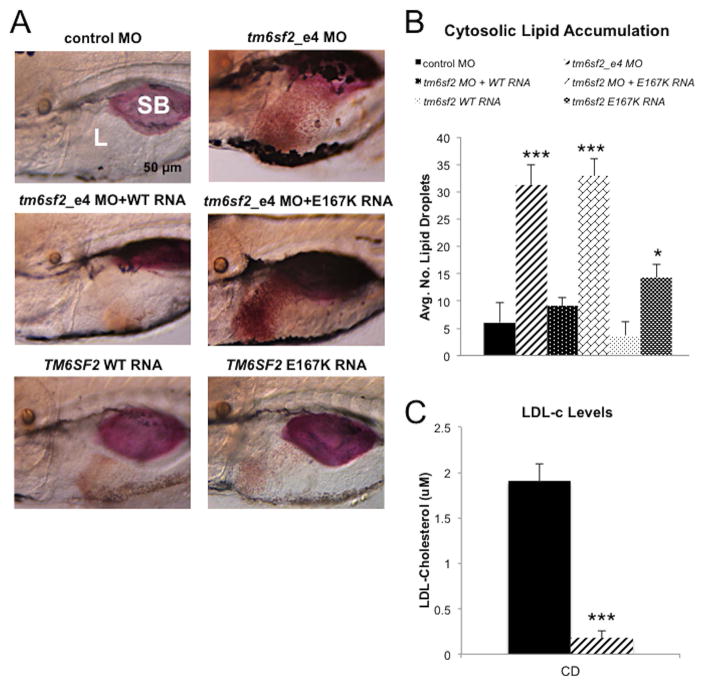Figure 2. Loss of tm6sf2 function in zebrafish results in hepatic lipid accumulation and reduced LDL-C.
(A) Representative lateral view images of livers of Oil red O stained zebrafish larvae at 5 dpf. Shown from top left to bottom right: control MO, tm6sf2_e4 MO, co-injection of tm6sf2_e4 MO and wild type TM6SF2 RNA, co-injection of tm6sf2_e4 MO with TM6SF2 E167K mutant RNA, and injection of wild type TM6SF2 RNA only. SB, swim bladder; L, liver. (B) Quantification of lipid accumulation shown as average number of lipid droplets per 49 nm2 square area in livers of larvae treated as indicated (n=5). (C) LDL-C levels were quantified after removal of livers from control MO or tm6sf2_e4 MO larvae given a control diet for 48 hr starting at 5 dpf. Data represent average of triplicated values from 2 pooled groups of 100 larvae each per experiment for two separate experiments. *** p≤1×10−10.

